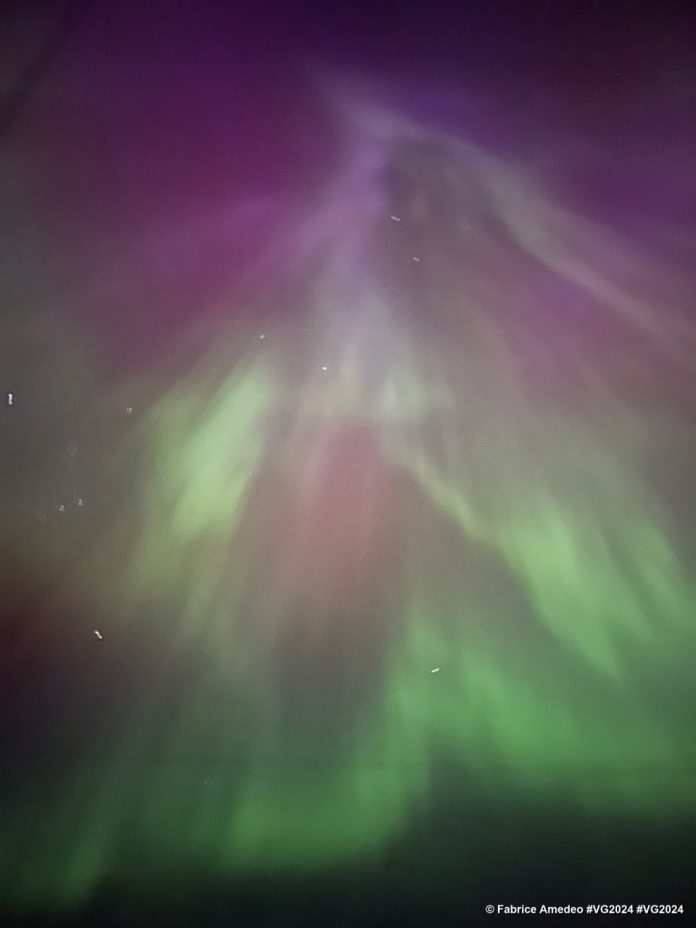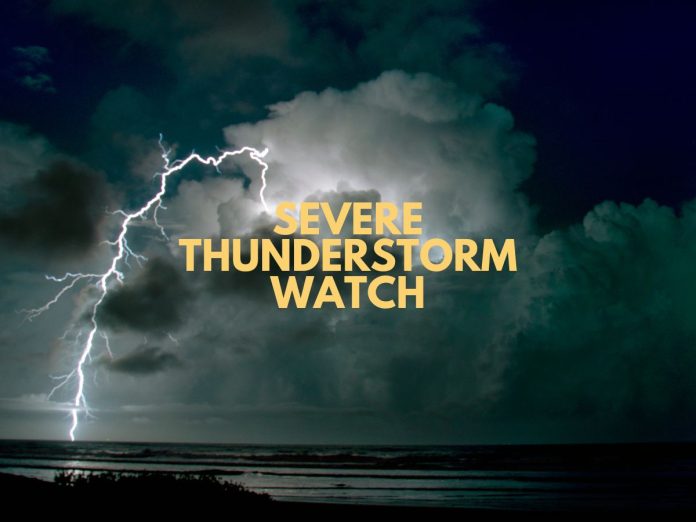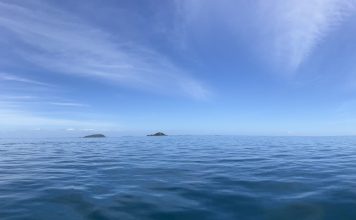A severe geomagnetic space storm is sweeping across the planet overnight, giving New Zealanders a rare chance to see the aurora australis — and a timely reminder that when the Sun flares, its reach extends far beyond the horizon.
The US National Oceanic and Atmospheric Administration (NOAA) says the ‘space storm’ has reached G4 – severe on its five-point scale. These events happen when coronal mass ejections (CMEs) — huge bursts of charged plasma from the Sun — collide with Earth’s magnetic field. The result is a surge of electrical currents that can play havoc with satellites, communications, and power networks.
It’s one of the strongest solar outbursts in years, part of an 11-year activity cycle that’s now near its peak. And while the science may sound remote, its effects are anything but — already prompting engineers and operators to take action on the ground.


Southern skies are alive with colour (except the clouds stop us seeing them!)
Astronomers quoted by The Guardian and ABC News expect the light show to reach as far north as Sydney and Perth, with Tasmania and New Zealand in for a front-row seat.
Dr Sara Webb from Swinburne University called Wednesday night “the best chance for people to catch a glimpse of the aurora”, recommending a dark location, a clear southern view, and a long-exposure photo to draw out the colour.
For Auckland and the upper North Island, weather may be the wild card. Cloud and rain are expected to drift away overnight, which could leave early-morning watchers with a window to see the glow before sunrise.
Protecting New Zealand’s grid
Meanwhile, Transpower, the national electrical grid operator, has declared a grid emergency, temporarily taking some South Island transmission lines out of service to avoid damage from geomagnetically induced currents.
Electricity supply isn’t affected, but the move shields transformers from surges that could be costly to repair. “This is an important step to prevent damage to critical equipment should the storm get worse,” Transpower said. “If we didn’t manage the risk, repairs could be expensive and time-consuming.”
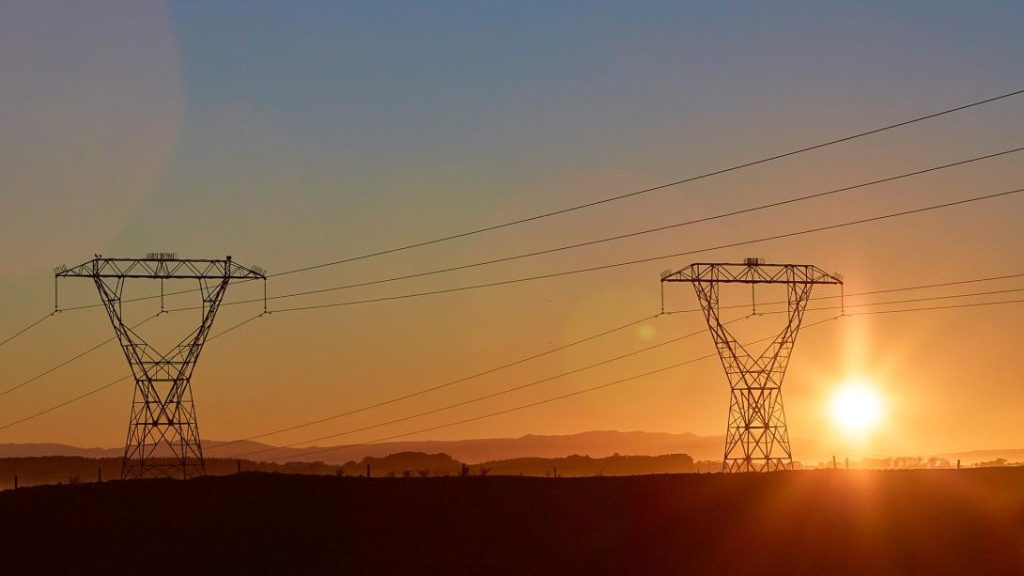
It’s not the sort of “weather” most people think about, yet the threat from space can be as real to the grid as any storm on land.
Satellites, Starlink, and GPS at risk
For boaties and remote users relying on Starlink, the same solar energy behind tonight’s light show can cause a few issues overhead. When the upper atmosphere heats and expands during a G4 storm, it increases drag on low-orbit satellites.
Starlink has faced that problem before. Past storms have forced the network to adjust satellite orbits and briefly slowed connections. In 2022, a smaller event even caused a batch of new satellites to fall from orbit.
Tonight, widespread outages aren’t expected, but users could notice short slow-downs or temporary signal drop-outs. The ionosphere’s turbulence may also nudge GPS accuracy off by a few metres — something worth remembering when plotting a course or dropping anchor after dark.
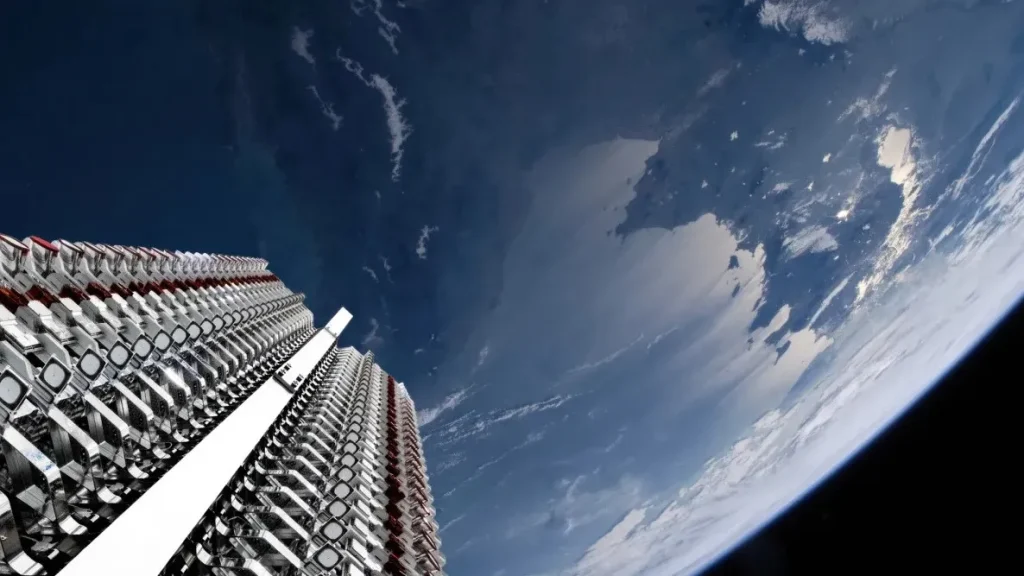
Mobile phone and radio networks feel the ripple
Geomagnetic storms also interfere with high-frequency radio and long-range comms. At sea, that can mean fading HF signals or patchy reception on marine bands. Some aviation and shipping operators shift to alternate channels when the ionosphere shifts.
A few mobile sites that rely on satellite backhaul may see brief hiccups too. These blips are short-lived, but they’re a reminder that the invisible systems we depend on are still tethered to the forces of space.
Nature still calls the shots
As engineers fine-tune the grid and satellites adjust their paths, Kiwis can still look south and enjoy the moment. The aurora australis above the horizon isn’t just a spectacle — it’s a glimpse of the power that fuels our planet.
Tonight, the sky’s beauty comes with a warning: our technology, no matter how advanced, still answers to the Sun.








